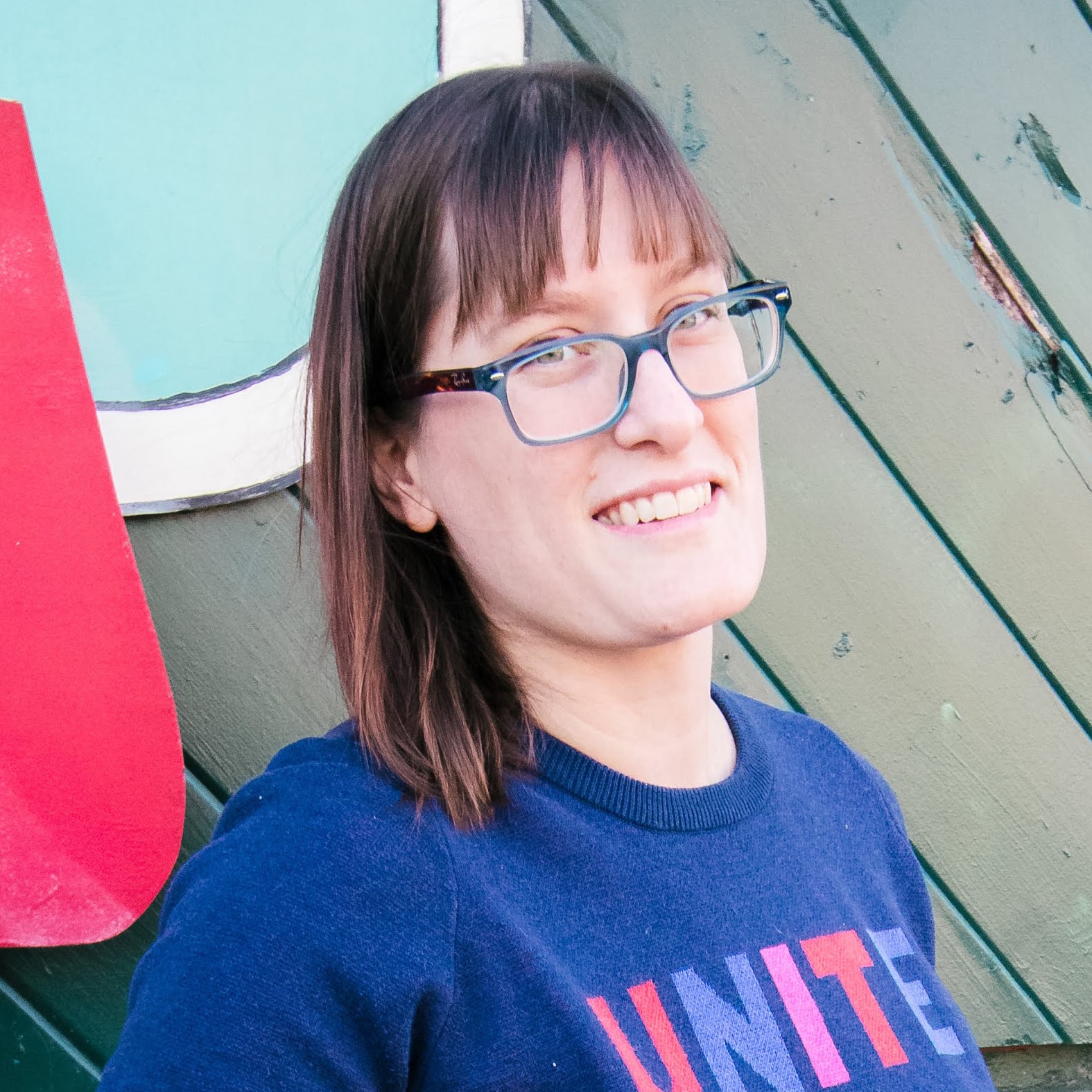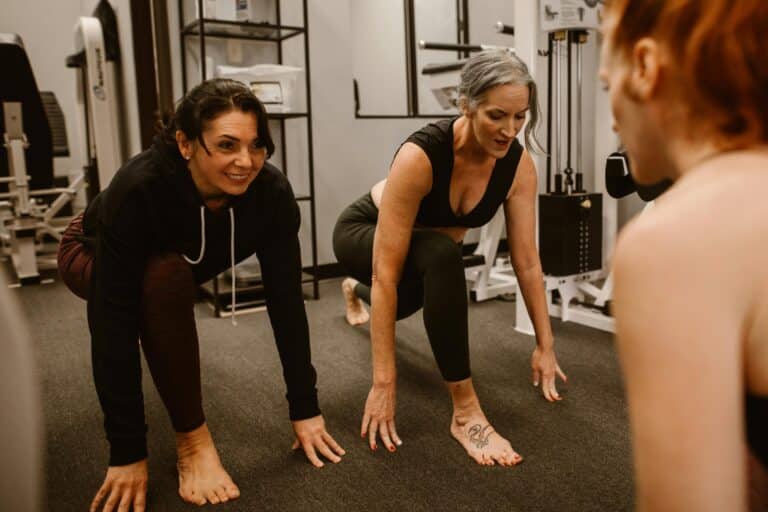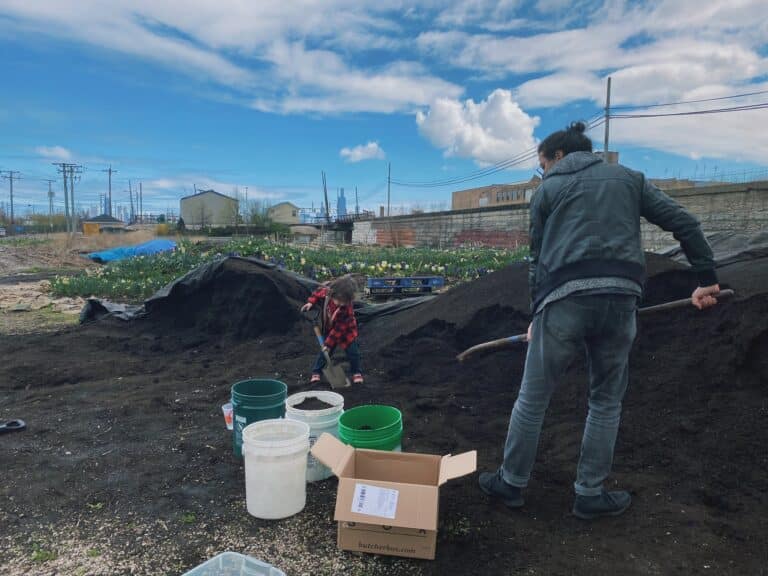Here’s what you need to know about therapy apps
If you’ve tried to book a therapy session lately, you may have noticed that it’s more and more difficult to find one. It’s not a fluke. Demand for mental health has been increasing.
First, there’s the issue of availability. Many parts of the country don’t have access to mental health services. In the region that includes Illinois, Wisconsin, Michigan, Indiana, and Ohio, 42% of counties do not have access to behavioral health providers, according to a 2018 study in the American Journal of Preventive Medicine.
Add in the pandemic-related skyrocketing demand for therapy, and the inability to access mental healthcare has ballooned. But don’t worry: There’s an app for that.
App-based therapy through services like BetterHelp and Talkspace tear down the barriers to mental health treatment, whether those barriers are a lack of providers within a reasonable distance, low availability of appointments, or the convenience of virtual sessions. The therapy apps offer virtual sessions, with licensed therapists in every state. All therapy is conducted through the app — so there’s no need to go to a physical office or fight for a spot with the only therapist near you.
How therapy apps work
Once you download the app, you answer some questions and sort through a list of licensed providers in your state. Next, you pick the therapist you’d like to meet with based on their bio, and then choose a subscription plan.
Depending on the app, a subscription can include options to text, chat live, speak over the phone, or meet through a video call at designated appointment times, typically for 30 or 45 minutes. You can also use the therapy apps on-demand, sending a message whenever you want; the therapist replies within a few hours.
If you like your therapist, you keep them. If you want to change, go ahead. Some insurance plans cover virtual therapy through the app, but many times, you’ll be paying a subscription fee instead of routing costs through your insurance plan.
Monica McCombs, owner of Lotus Counseling Services, a virtual-only therapy practice based in the Chicago area, worked for both BetterHelp and Talkspace before starting her own virtual practice.
“There are many benefits of engaging in therapy using a virtual platform for clients,” she says, “including being within the comfort of their own homes, requiring less of a time commitment due to not having to commute to and from a counseling office, and having a wider pool of clinicians to select from due to not being limited to clinicians who are close in proximity.”
The downside of convenience
As convenient as the apps can be, many clinicians say therapy apps have their limitations. Ashley Hodges, a psychotherapist at Wellington Counseling Group, says digital therapy is not always a good substitute for face-to-face options.
Natalie Nordlund, PsyD, a school psychologist and PsyD candidate at The Chicago School of Professional Psychology, agrees. “Certain people might prefer face-to-face,” she says. Some people might respond better in person, where they may more easily create a connection with their therapist, Nordlund says. Also, some may have privacy concerns within their home environment.
That face-to-face contact is important. Hodges says that for children especially, “virtual is not the best avenue and practice.” Some children might not feel comfortable discussing issues about their family if they’re engaging in therapy at their home; others may have sensory issues or trouble concentrating on a screen long enough for a full session.
Access can be an issue, too. Digital therapy may be difficult if an individual does not have reliable access to internet or cellphone service or is not able to afford the plan payments. BetterHelp, for example, costs $60 to $90 each week; Talkspace subscriptions range from $69 to $129 weekly.
McCombs, too, recognizes some issues with app therapy. If a patient is only using the text messaging aspect, they may be missing out on vital aspects of therapy, such as building a more robust relationship with their therapist.
“It is significantly more challenging to build the therapeutic relationship required for a client to thrive in counseling through messages,” McCombs says. “It also does not allow the clinician to see a client’s behavioral response when discussing particular topics, which can hold a wealth of therapeutic information.”
She also worries that therapists working for apps like BetterHelp and Talkspace may take on too many patients. A low pay rate can incentivize clinicians to take on high caseloads to earn a livable wage, McCombs says. They could end up providing lower quality service than if they had fewer patients to work with.
Still, though, the apps go a long way to promote therapy and mental health in general. For instance, Talkspace reports that more than 60% of users are attending therapy for the first time.
“I’ve seen the power that technology can have in helping support the mental health and emotional well-being of individuals,” Nordlund says. “It can help introduce this prioritization of mental health earlier on with our youth. It can help introduce the concept of taking care of yourself and your mind. It can help make learning about, utilizing, and receiving mental-health-related support and services more accessible and more normalized.”
For many people, that accessibility is key. By putting therapy at your fingertips, app-based therapy can go a long way to prioritizing mental health.

Jennifer is an award-winning writer and bestselling author. She is currently dreaming of an around-the-world trip with her Boston terrier.










